
WARNING: This article contains details of intimate partner violence and may affect those who have experienced such violence or know someone affected by it.
On the morning of a femicidal rampage in Ontario’s Renfrew County in 2015, Tracey McBain tried to call her friend Nathalie Warmerdam to warn her.
“I wasn’t calling on my cell phone, I can tell you that,” McBain said, her voice tight.
But by the time McBain tried to call her friend’s landline it was already too late.
Three women — Carol Culleton, Anastasia Kuzyk and Warmerdam — were all dead before noon that September day, murdered at three separate locations in the sprawling Renfrew County area about 145 kilometres northwest of Ottawa. They were killed by Basil Borutski, a man who had a long, troubling history with the women.
In 2017, Borutski was found guilty of their murders and sentenced to life in prison with no chance of parole for 70 years.
In June, an inquest into the events of that violent day and what led up to it heard from dozens of witnesses and resulted 86 recommendations meant to prevent further tragedies. They covered everything from ways to improve the justice system, police and victims services responses, communication and information sharing, as well as how to get potential offenders help before they become violent.
Three of the recommendations touched on the role poor cell service and connectivity played in the events that unfolded that morning in the vast county that spans an area larger than Prince Edward Island.
Recommendation 52 explicitly called to “expand cell service and high-speed internet in rural and remote areas of Ontario to improve safety and access to services.”
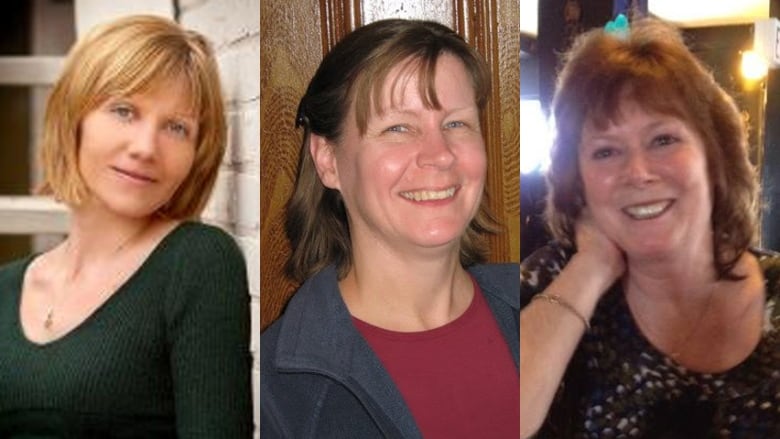
Electronic monitoring
The inquest heard that better connectivity could have improved communication in general during the rampage, and that it also could have paved the way for Borutski, who was deemed a high risk offender, to wear an electronic monitoring device that would have telegraphed his movements to police.
Inquest recommendations are non-binding, but a follow up plan from stakeholders is expected, typically about six months after recommendations have been made.
McBain isn’t sure if better cell service could have saved her friend’s life because of the “chaos” of that morning, but she does think it would help people experiencing violence.
“Insofar as women’s and people’s access to help prior to any form of violence or assault taking place: absolutely. It needs to be done,” she said.
“To be honest, though, by the time a 911 call comes in, that decision’s already been made. The violence has already or is occurring.”
But she believes service strong enough to allow electronic monitoring of high-risk offenders in the area would be an important step.
“I think that is huge, because isn’t it important that the police know where these people are? If you are electronically monitored, there is a reason,” McBain said. “They’re asked to do a job and the technology’s failed them.”
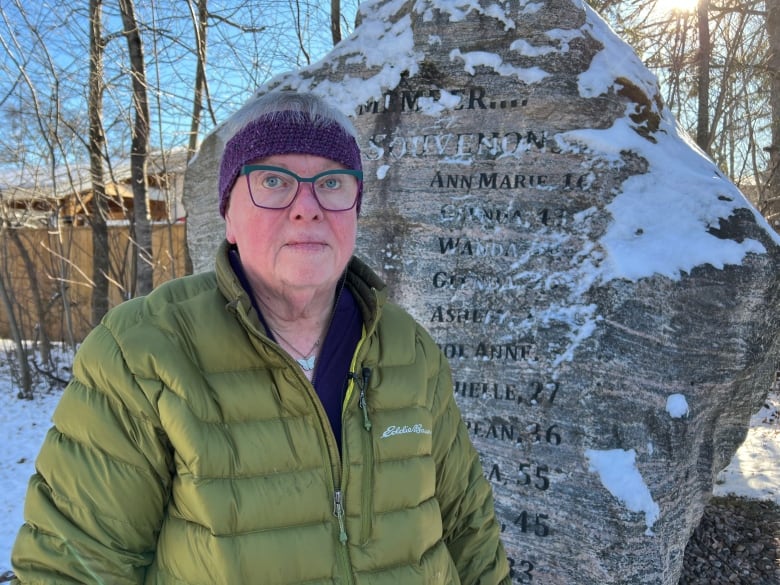
A rural problem across Canada
In Petawawa, JoAnne Brooks dusts the snow from the monument dedicated to women killed by men in Renfrew County, revealing 25 names etched in stone.
“Our area, it is a very vast geographical area that has huge gaps in service,” said Brooks, the co-ordinator for the group End Violence Against Women Renfrew County.
“It’s imperative for women’s safety to be able to reach out to 911 or social supports, and it’s very challenging to do that.”
Because of the vastness of the region, Brooks says that even if a 911 call is made, wait times for help will be longer, but she agrees that better cell service and internet connectivity would improve the ability to electronically monitor high-risk offenders.
“We’re very concerned about that and hoping that we get better cell service soon. It’s been promised, but we haven’t seen it yet.”
After an inquest into the murders of three Ontario woman by a man they knew, a jury is urging the provincial government to formally declare intimate partner violence an epidemic. It’s one of more than 80 recommendations to come out of the inquest.
Piwapan Women’s Centre in La Ronge, Sask., serves communities across a wide area of northeastern part of the province where many service gaps and dead zones impact people experiencing intimate partner violence.
Executive director Karen Sanderson says those people often face social isolation. Cell phones can improve their ability to call for help, but she says they also enable people to stay in touch with family, friends or even faraway shelters.
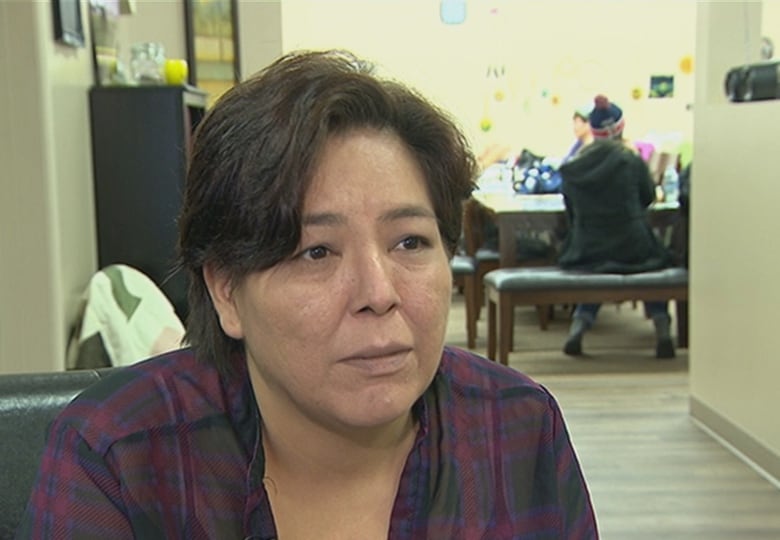
The centre has been able to provide some clients with cell phones and she says they then become part of their safety plans.
“It’s important that they have that connection to keep themselves safe, to keep their children safe and to have that connection to the outside world in case anything does happen,” Sanderson said.
Like other rural areas across the country, response times also tend to be longer in northeastern Saskatchewan, she said, noting that RCMP units are often tasked with covering six or seven outlying communities and it can take anywhere from half an hour to 45 minutes for police to arrive.
“But just to have that connection to somebody to talk to them, let them know that somebody is coming, is very good for their own peace of mind, their safety and the safety of their family,” she said.

Highway dead zones plague emergency response
Rural connectivity problems present a wider spectrum of safety issues beyond intimate partner violence. It has plagued emergency responses throughout rural Canada and the North.
Highway 3 in the Northwest Territories has become a flashpoint between the government and those pushing for better service.
The 100-kilometre stretch of road between Yellowknife and Behchokǫ̀, N.W.T., has spotty cell service — and according to politicians in the territory, it’s where the majority of traffic fatalities happen in the territory.
For years, advocates have also been pushing for better cell coverage along B.C.’s Highway of Tears.
RCMP files link a total of 18 murders or disappearances to the 720-kilometre stretch of Highway 16 that runs between Prince George and Prince Rupert, but Indigenous leaders and community groups have said the number is likely closer to 40 or 50.
Two government reports recommended closing the coverage gaps to improve safety for Indigenous women and girls.
The provincial government said Rogers would install 12 new cellular towers along the highway and that work would be complete this fall, but this project has been delayed.
Rogers said the delay was caused by a short construction season and difficulties building in the area’s mountainous terrain. The work is now scheduled to be finished by Fall 2023.
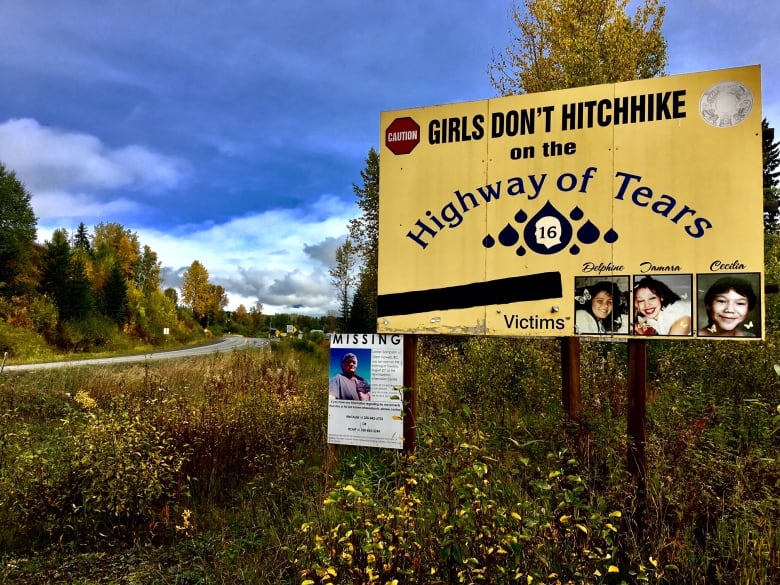
Network costs
Data from the Canadian Radio-television and Telecommunications Commission (CRTC) shows that 99.7 per cent of Canadians have mobile coverage at home. However that number drops to 90.3 per cent on First Nation reserves.
According to the CRTC, just over 87 per cent of major roads and highways across Canada are covered by cell service, leaving nearly 15,000 km of these without connectivity. The CRTC is aiming for a target of 100 per cent mobile coverage in homes, businesses and most major roads by the end of 2026.
An analysis by consulting firm PricewaterhouseCoopers in September 2021 found that building cellular infrastructure in Canada is more costly than in other G20 countries because of supply costs, wages and weather-related complications like frozen ground.
Eastlink, a Nova Scotia-based wireless and cable provider, estimated a single tower installation could cost between $600,000 to $800,000 or more.
According to Sanderson, the cost of installing towers to improve cell coverage should be compared to the costs of running shelters and staffing hospitals, EMT crews and RCMP detachments, which is what she says areas without that coverage rely on to keep people safe.
“I don’t know if those comparisons are being made,” she said.
Closing the gap
In a statement to CBC News, Hugo Alvarez, the press secretary for the Minister of Rural and Economic Development, said “our government takes the recommendations of the inquest seriously and we understand the role reliable connectivity plays in preventing gender‑based violence.”
Alvarez acknowledged mobile coverage dead zones persist on First Nations reserves and along major highways and roads but he said it is working with industry to address some of these gaps.
The federal government said its $3.225 billion Universal Broadband Fund (UBF) is funding projects that will bring high speed internet to more than 900,000 rural and remote homes. A portion of this fund is also earmarked to help improve cellular access.
In Renfrew County, efforts to improve cell service have been underway since 2014, said Jason St-Pierre, who oversees the Eastern Ontario Regional Network (EORN), a non-profit working with government and the telecommunications companies to bridge the connectivity gap in eastern Ontario.
“It’s a challenging area to work with the topography that we have here with the Canadian Shield, rural areas with low densities, long runs between locations,” he said.
By the end of 2025, St-Pierre said the goal is to have between 40 and 45 new towers erected in Renfrew County alone.
In an email, Rogers said it is working with EORN and the Ontario and federal governments to put up more than 300 new towers and update 300 others across the entire eastern Ontario region.
Bell and Telus did not respond to CBC News questions.
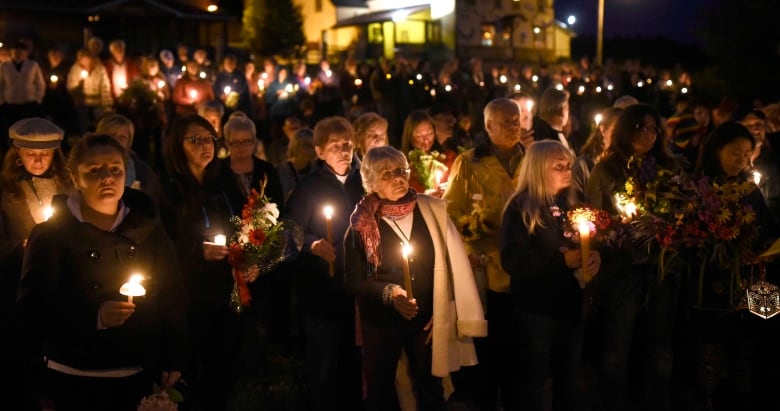
Plans to improve mobile networks in the region are encouraging, but McBain says it’s important not to lose sight of the inquest’s other 85 recommendations.
She says that as far as domestic violence is concerned, improving cell service is “a brick in the wall, but a very small one.”
“I also don’t really want us to consider, ‘Oh, well, we got cell service and great internet service, so the war on women and misogyny is over. Domestic violence: we’ve conquered it.’ We have not even come close,” she said.
Support is available for anyone who has been sexually assaulted. You can access crisis lines and local support services through this Government of Canada website or the Ending Violence Association of Canada database. If you’re in immediate danger or fear for your safety or that of others around you, please call 911.
